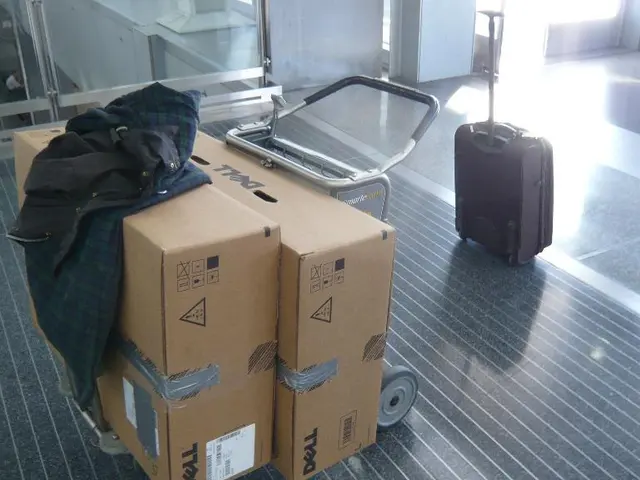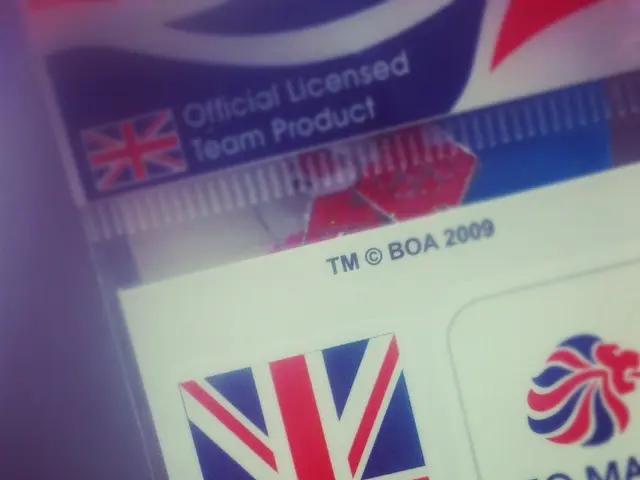Creating an AlmaLinux 9 Installation Disk: A Step-by-Step Guide
In the realm of open-source Linux distributions, AlmaLinux has emerged as a stable and reliable alternative to CentOS. This article will guide you through the process of creating an AlmaLinux 9 installation disk on Windows, macOS, and Linux platforms using three popular methods: Rufus, Etcher, and the `dd` command.
**Using Rufus (Windows)**
1. Download the AlmaLinux 9 ISO from the official AlmaLinux website. 2. Download and open Rufus, a lightweight tool known for its speed and reliability. 3. Insert a USB drive (4GB or larger is recommended). 4. In Rufus: - Select your USB drive. - Click **Select** and choose the AlmaLinux 9 ISO. - Keep the default Partition Scheme (usually MBR for BIOS/UEFI or GPT for UEFI). - Click **Start** to write the ISO to the USB drive.
Once done, safely eject the USB drive; it's now bootable with AlmaLinux 9.
**Using Etcher (Windows, macOS, Linux)**
1. Download Etcher (Balena Etcher), which works cross-platform. 2. Download the AlmaLinux 9 ISO. 3. Insert a USB drive. 4. Open Etcher: - Click **Flash from file** and select the AlmaLinux 9 ISO. - Select the USB drive target. - Click **Flash!**
After flashing completes, safely eject the USB drive. The USB is ready to boot AlmaLinux 9.
**Using `dd` Command (macOS, Linux)**
1. Download the AlmaLinux 9 ISO. 2. Insert the USB drive and identify its device path. 3. Unmount the USB drive. 4. Use the `dd` command to write the ISO: - **Linux example:** ``` sudo dd if=AlmaLinux-9.iso of=/dev/sdX bs=4M status=progress conv=fdatasync ``` - **macOS example:** ``` sudo dd if=AlmaLinux-9.iso of=/dev/rdiskX bs=4m ```
Wait for the process to complete (it might take several minutes). Eject the USB drive safely. The USB drive is now a bootable AlmaLinux 9 installer.
**Important Notes**
- Always back up any data on your USB drive before writing the ISO; it will be erased. - Use the correct device path to avoid overwriting the wrong disk. - For Rufus, ensure your BIOS/UEFI settings are compatible with the created USB (e.g., boot mode). - Etcher provides a user-friendly GUI and is less error-prone. - `dd` offers a powerful command-line option on Unix-like systems and macOS.
This covers the most common and trusted methods to create an AlmaLinux 9 installation disk on Windows, macOS, and Linux platforms using Rufus, Etcher, and the `dd` command, respectively.
AlmaLinux is a community-driven open-source Linux distribution, and the AlmaLinux 9 ISO file can be downloaded from the official website. After CentOS shifted to a rolling release model, AlmaLinux became a go-to choice for users needing a Red Hat Enterprise Linux (RHEL) compatible operating system. The minimum storage space required for a USB drive is 4 GB, with 8 GB or more being preferable. Prerequisites for creating an AlmaLinux 9 installation disk include a USB drive, the AlmaLinux 9 ISO file, and disk writing software.
Data security is essential when creating a bootable AlmaLinux 9 installation disk. Always ensure that that all critical data within the USB drive is backed up before the ISO file is written, as the process may result in data erasure.
The choice of software for writing the AlmaLinux 9 ISO to the USB drive depends on your choice of operating system. Rufus, Etcher, and the command are commonly used for Windows, macOS, and Linux platforms, respectively.




